Ivies are lovely plants with variegated leaves and aerial roots. All types of Ivy plants belong to the Hedera Genus of the Ginseng family. While there are many different types of ivy plants, the English Ivy is the most popular. With large stems sprouting three to five lobes, this type of plant is common along brick walls. These plants turn horizontal or start hanging when the stems reach the top for total support. Ivies are native to Europe, while certain varieties can be found in Asia. These are come in a variety of varieties that are popular among home gardeners.
This is primarily due to the ease with which the Ivy plant may be grown. They have no specific soil requirements and may easily survive a lot of shade. This makes planting Ivy under large trees considerably easier for gardeners. Although bright light inhibits the growth of Ivy, certain varieties thrive in both light and shade. You’re definitely thinking about growing Ivies at home because of their low maintenance requirements. So, in this article, we’ll go over 7 various species of ivy plants that you may cultivate in your own backyard.
How to Identify Different types of Ivy Plants
Identification of ivy plants is not a difficult task. Anyone can identify the type of any ivy plant by examining the leaves. The characteristic of the leaf form of ivy plants is frequently used to identify species. In most cases, ivies have lobed leaves that grow alternately along with climbing or trailing vines. There are different kinds of ivy. All types have some variations in their physical appearance. The variation in size, shape, and color of ivy leaves depends on ivy plants’ types.
Different types of Ivy Plants with Pictures
Different Types of Ivy Plants for Indoors and Outdoors (With Pictures). Ivy is a plant in the genus Hedera that has evergreen, fast-growing leaves. Many nations in Europe, Africa, and Asia are home to ivies. Many ivy species are named after their original countries. Some of the greatest ivy plants to grow in indoors as well as outdoors are listed here.
1. English Ivy
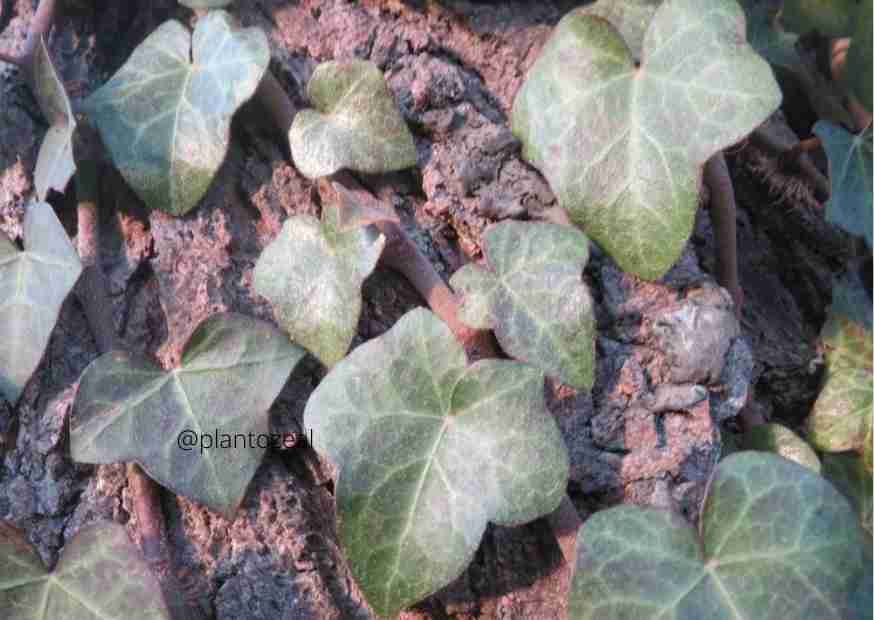
• Botanical Name: Hedera helix
• Sunlight: Direct sun to full shade
• Soil Type: Standard Potting soil
The English ivy is a flowering clinging evergreen vine. These types of ivy plants are popular in many countries. English ivy has broad, dark-green leaves that can reach a length of 4 inches (10 cm). English ivy is a climbing ivy plant that may reach heights of up to 100 feet under the correct conditions. From late summer until late October, this flowering ivy produces blooms. These ivies are excellent indoor houseplants as well as they are on the list of the best bedroom plants.
2. Persian Ivy : Types of Ivy Plants
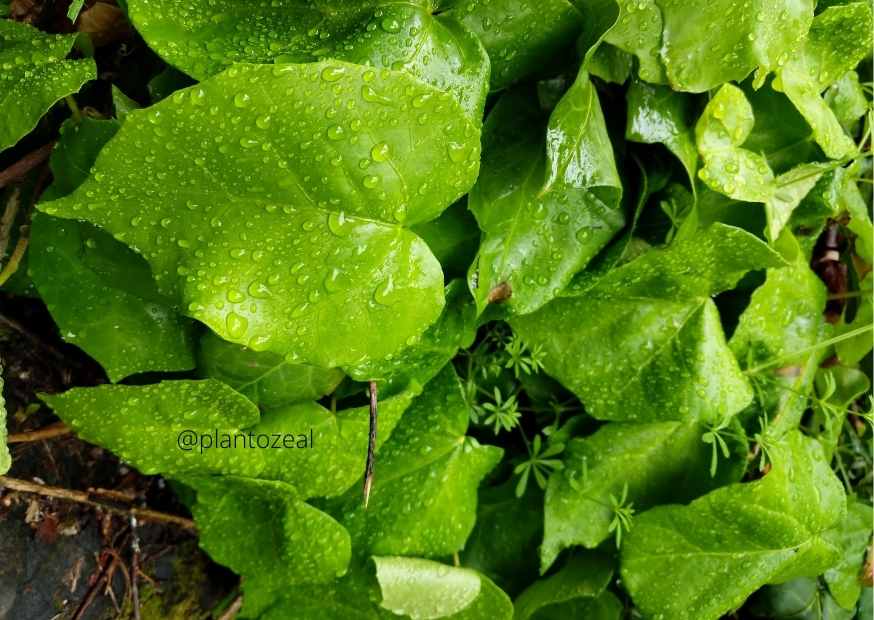
• Botanical Name: Hedera colchica
• Sunlight: Direct sun to full shade
• Soil Type: Well-draining potting soil
Persian Ivy has gorgeous heart-shaped leaves that range in length from 4 to 10 inches. Their distinguishing feature is their enormous leaves, which are the largest of any Ivy plant. Depending on who is cultivating it, the leaves of Persian Ivy might be variegated or solid colored. These types of ivy plants can tolerate numerous droughts, however, it prefers loamy soil. They are also far more heat tolerant than other Ivy varieties, however, they do well in the shade.
3. Ivy Needlepoint
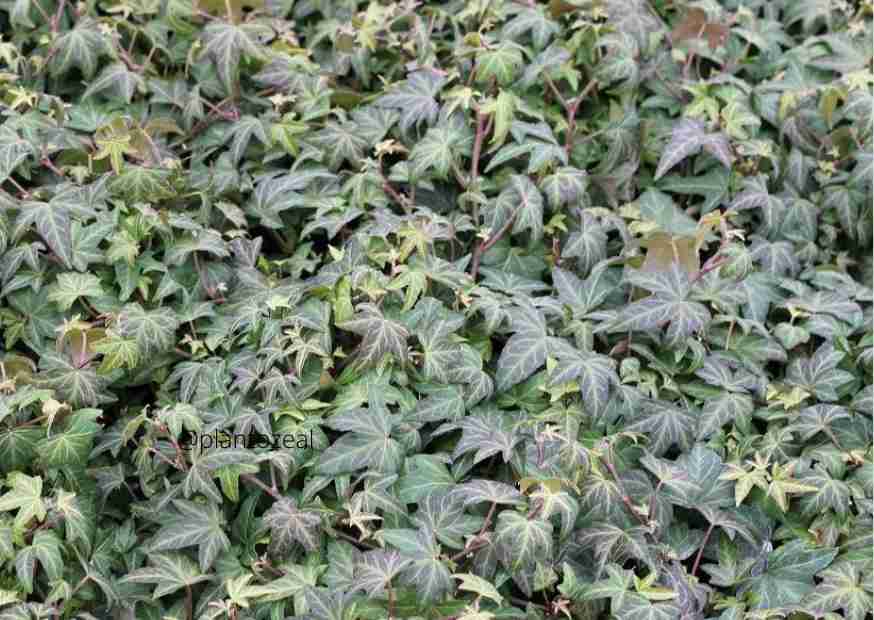
• Botanical Name: Hedera helix ‘Needlepoint
• Sunlight: Bright, indirect light or complete shade
• Soil Type: Potting soil with good drainage.
The leaves of these types of ivy plants contain three to five lobes. That has been bred to taper into long, thin points. This unusual leaf form gives it a pleasantly open, angular texture. It also creates a lovely trailing plant or hanging basket. This tough, drought-tolerant plant can also be used as a ground cover. It can be also a climbing vine near a wall, fence, or trellis in the garden.
4. Algerian Ivy
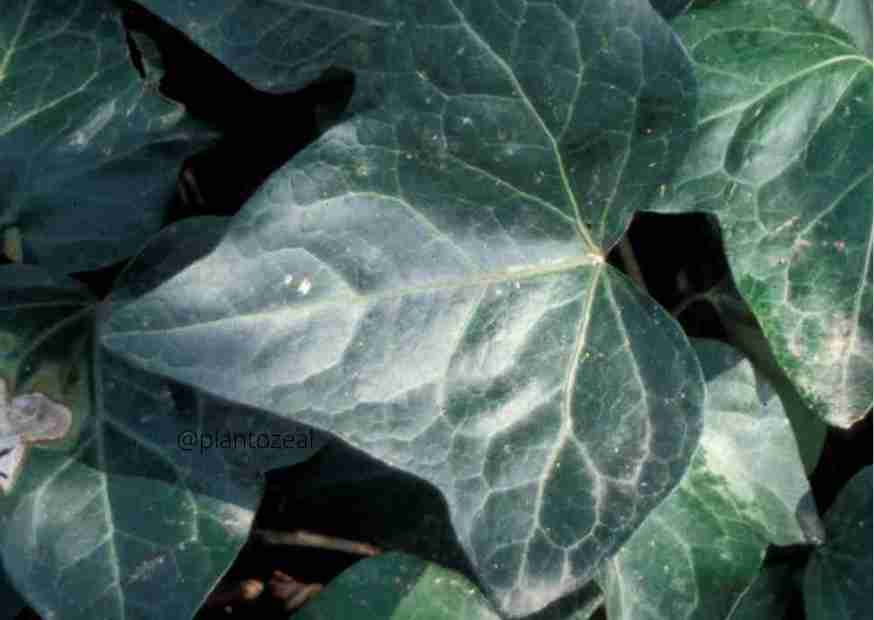
• Botanical Name: Hedera canariensis
• Sun Exposure: Bright, indirect light
• Soil Type: Well-draining potting soil
Algerian ivy is a climbing plant with broad lobed leaves that can become invasive. Canary Island Ivy and North African Ivy are two names for the same ivy plant. These types of ivy plants are usually dark green, but variegated versions are available. Algerian ivy can quickly climb up walls up to 12 m and it can thrive in a wide range of soils. Although it may grow in direct sunlight, it requires consistently wet soil to avoid stunted development.
5. Japanese Ivy
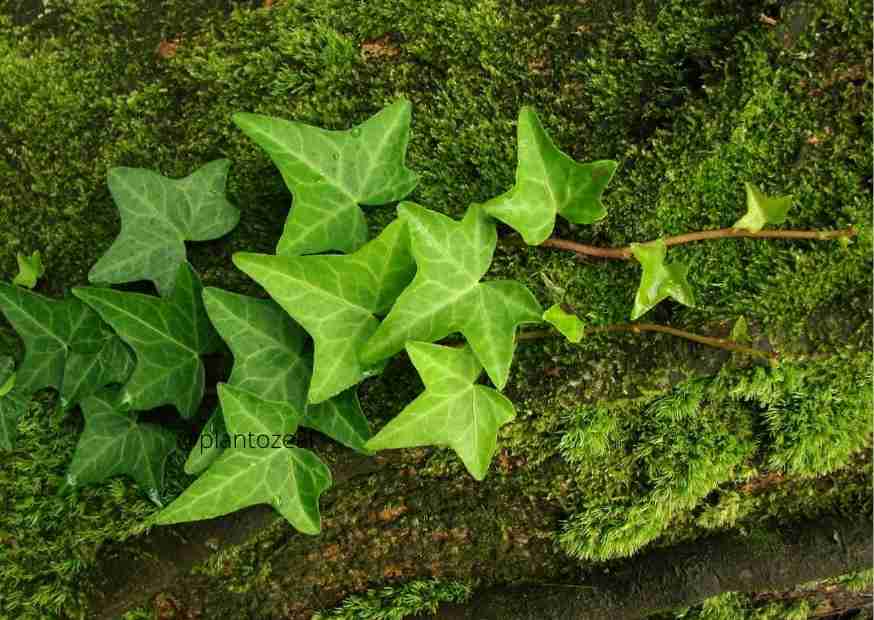
• Botanical Name: Hedera Rhombea
• Sun Exposure: Bright, indirect light
• Soil Type: Well-draining potting soil
Japanese Ivy grows on slopes of rocks tree trunks, and throughout woodlands. These are evergreen types of ivy plants and are called woody climbers. The Japanese Ivy serves a brilliant role as a groundcover in nearly all vertical areas. These types of ivy plants are native to the East Asian region.
Unique element of this Ivy lies in its purplish stems and their smooth foliage. The leaves of this flora take the shape of a rhombus. They produce small clumps of yellowish-green flowers that further grow to be tiny berries.
6. Irish Ivy: Types of Ivy Plants
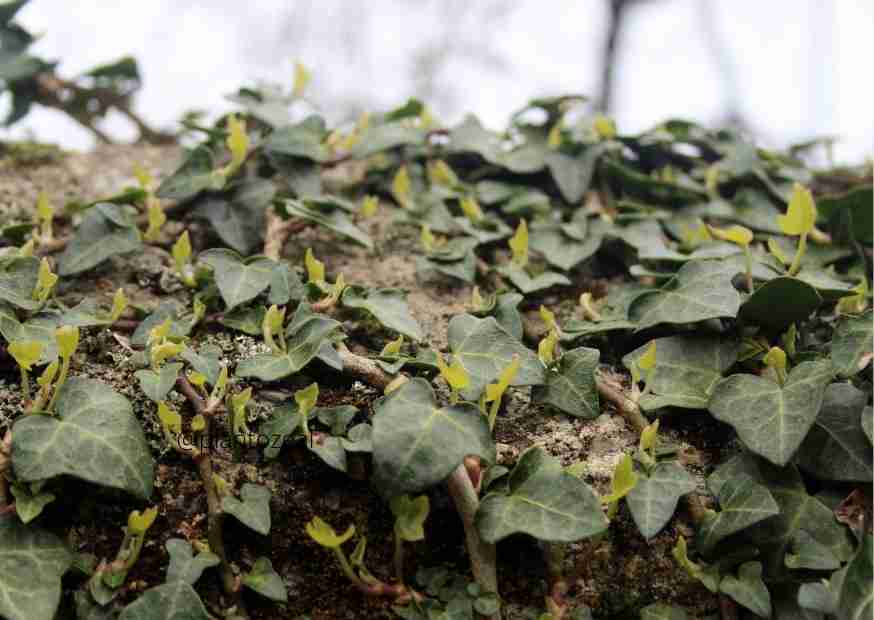
• Botanical Name: Hedera Hibernica
• Sun Exposure: Direct sun to full shade
• Soil Type: Well-drained potting mix
These type of Ivy plants share many characteristics with English Ivy. Because of these characteristics, Irish Ivy is frequently confused with the English Ivy. It is nevertheless prohibited in some locations because it is considered a noxious plant. Regardless of its reputation, this variety of Ivy is extremely popular among homeowners. It can be planted practically at anyplace in the garden. The Irish Ivy is low maintenance while being quite resilient.
7. Boston Ivy
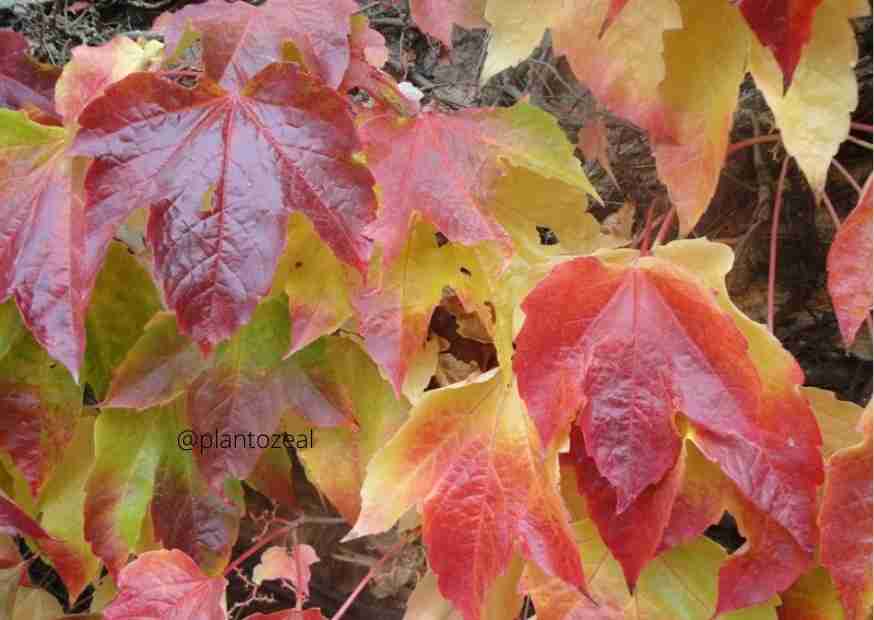
• Botanical Name: Parthenocissus tricuspidata
• Sun Exposure: Direct or brilliant, circuitous light
• Soil Type: Well-depleting gardening soil.
There are various types of ivy plants available, however, Boston ivy (Parthenocissus tricuspidata) is unique. The most well-known Boston are evergreen, maintaining their rich variety over the whole year. From dark green to yellow, orange, and red, and then to deep maroon in the fall. This vivacious climber changes hue with the seasons. This makes it a valuable plant for public spaces such as school grounds and yards.
FAQs
English ivy is the most common and popular variety of ivy houseplant. It is found in various hybrid cultivars. Which are local to most of Europe and western Asia.
Identifying the species of ivy flora is commonly finished through the exclusive leaf shape. Typically, ivies have lobed leaves that develop alternately along with climbing or trailing vines. The size, shape and color of the leaves depend upon the sort of the ivy plant.